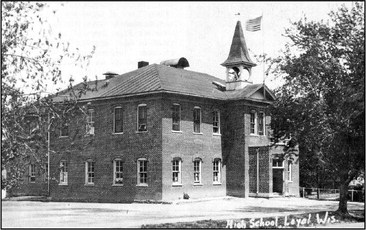Rural 1-room schools eventually merged into one public district


by Cheyenne Thomas
Education has always been important for the people living in the Loyal area. From the moment the first settlers began to arrive and ...


by Cheyenne Thomas
Education has always been important for the people living in the Loyal area. From the moment the first settlers began to arrive and ...